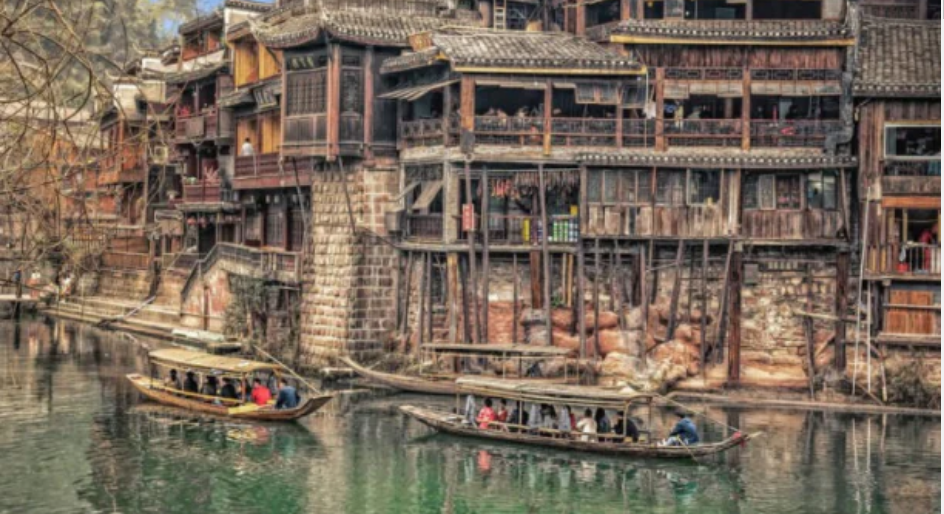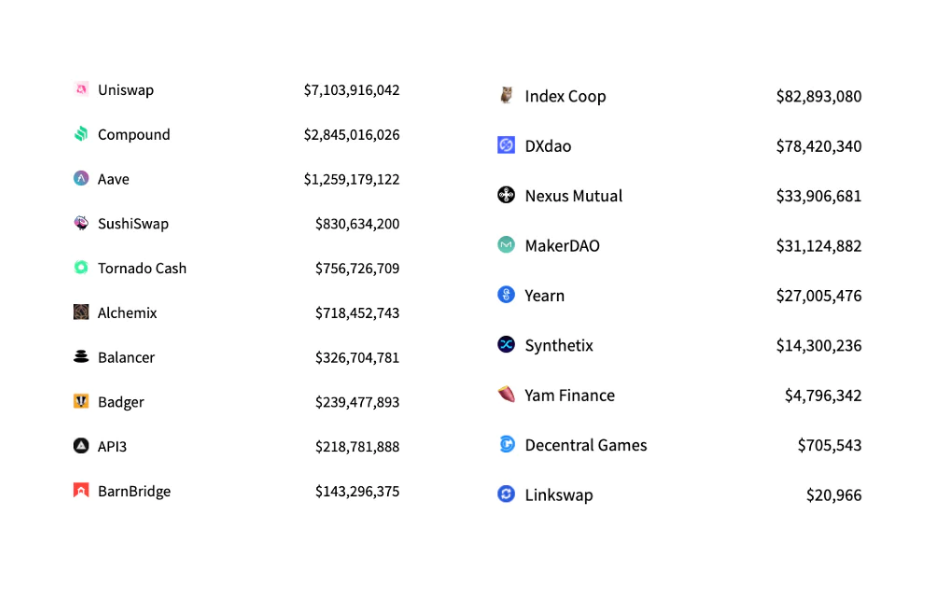
At the edge of the prairie is a bend in the great river. On one side lived herdsmen, and on the other side lived forest people. Nomads value forest dwellers for their axes and baskets. The forest dwellers favor the hides and wool of the nomads. As the two parties became more acquainted, they began to trade.
Within a few years, there was a makeshift camp just around the bend in that river. This is a great place to meet. The two parties would do business, exchange stories, and eat together. Soon, traders were coming throughout the year. The camp became permanent and then a town. People have always lived there, and a new community of people from both sides caters to the growing need for tourists to bring goods to sell.
Due to its unique location for efficient trade, the town grew rapidly and became rich. The wealthiest people built houses, but they also did something else: they built public spaces. They use their new wealth to make their towns more attractive. They built temples, theaters, schools, and libraries, and patronized priests, playwrights, teachers, and scholars, filling them with culture.
This is more or less the founding pattern of most of our large cities, and the origin of many of our civilizations. A uniquely favorable place for trade becomes a permanent solution. As trade grew, so did the wealth of the community, which was used to finance spaces and gratifications to beautify the town, inspire and entertain citizens, and attract more visitors.
When we think about creating culture on the blockchain, people in the media feel like it's on its own. It's as if culture is a piece of sackcloth. We've written about Creator Dawes almost like start-ups, they spring from the imagination of their founders. It's certainly possible, and these projects succeed when what they create is hugely popular. But the first of these projects has a more likely path that reflects the cultural growth of those cities in the first place. That said, culture and creation are achieved through patronage and community support.
secondary title
what does that look like
Crypto is a "nation" in which communities are developing their own distinct cultures. The simplest example is the meme art that erupts around the token. Retinazer for Bitcoin. Beeple enters Ethereum. All of this is backed by money flowing into NFTs from avid investors. Another example are simple websites that have popped up to help newcomers understand and use the protocol. This is the Zed Gazette, the self-styled newspaper for the horse racing game Zed Run, by Melch. The other is First Mint, a fan-created media brand for the NBA's most popular shot. But Uniswap is the leader of the next generation of this idea. The protocol allows artists to design an on-chain SVG generator that will create unique NFTs to represent LP positions within the protocol.
But these examples are just the beginning. As the protocol evolves, participating token holders have a sense of responsibility for maintaining and growing the ecosystem built around it. As with earlier civilizations, there are active and passive investments to promote "cities" to enhance their infrastructure, accessibility, and desirability. Since token holders are the owners of the protocol and are incentivized to make it successful, the role of tokens shifts from transaction (I sell for profit) to wealth (I hold ownership). This mechanism drives more residents and tourists to visit and participate in the construction of civilization and the development of culture. If memes are information, then a protocol's biggest moat and differentiator may well end up being the culture it spawns around.
secondary title


So, what kind of creations can be funded by the protocol, built by Creator DAOS?
The most obvious is the "art of identity" enjoyed and shared by the protocol community. The Artist's Knife could create an entire NFT universe, with tens of thousands of unique items being dropped for scepter holders, possibly depending on their bag size, history, and contributions to the community. As we move into the Metaverse, these NFTs could evolve into protocol-branded wearables or vehicles, the metacomputing equivalent of t-shirts and bumper stickers. (Hey, not all cultures are highbrow.)
Another valuable project will be the authoritative reference material on blockchain projects, the so-called "Encyclopedia" (Encyclopedia Cryptologica). There is hardly any quality, carefully vetted information on most items, marks, concepts - where it is, it is hard to search for. Only a DAO (or a Wikipedia-like predecessor) can mobilize and compensate the large numbers of experts and researchers necessary to maintain a living encyclopedia to feed our ever-expanding goblin cryptography world.
Certainly such a project shows that financial media and "literacy" programs in general can be valuable cultural institutions. Imagine a 24/7 CNBC of crypto - interviews with major developers and investors, regulators and politicians - but a DAO entirely run by one creator. Imagine a crypto literacy program to help potential investors understand the risks of leverage, understand liquidity, volatility, etc.
On the other side of the cryptographic equation, computer science and crypto business courses would be valuable educational content products. Investing in these projects can be akin to community-like activities that encourage you to support and contribute to the community.
But there may also be other media types, such as movies. Cryptography is about decentralization to foster creativity and ban censorship. So what about how marginalized creators and communities can use blockchain to enable and express their own film series? Or are artists and inventors struggling against central control in the past? How was the festival as a whole?
New thriving communities often invent and sponsor their own musical culture, a sound and style that represents their unique view of the world. The European bourgeoisie in the 18th century loved opera. Baby boomers have rock and roll. At this time, we have a DAO system like Songying, where artists can collaborate and share the results. Is this the melody of the blockchain? Click and be amazed: Https://twitter.com/songcampdotband/status/1389285939277701122?s=20)
It's not hard to imagine funding debate societies, legal and political conferences, lobbying efforts, or even full-blown scientific journals. We might even see funding for IRL social events like "Happy Hours," or their digital equivalents.
Of course, different protocols have different missions, and their communities will support their own unique cultural offerings. A blockchain dedicated to reducing electricity consumption for the climate would foster creativity around ecological issues. In fact, you can see that what happened in Hicetnunc's NFT community was fabricated on a chain that the artists believed was better for the planet.
What's really interesting about the relationship between economy and culture is how culture feeds back into the economy. Crossroads towns that built temples and cathedrals to historically fragile patron saints drew more traffic to their markets. These structures attract tourism and talent, take root and grow on existing foundations. The seriousness of the devotion to this culture inspires a sense of civic responsibility, prompting citizens to invest in and defend their cities.
We cannot underestimate the immense emotional power that creative products can instill in the communities that invest in and embrace them. The full significance of these products often takes a while to emerge. Their potential impact is rarely apparent. The paths they take can be strange. Come to think of it, the song has become New York City's national anthem, played at sporting events, parades and, most notably, during the darkest hours of the Covid pandemic. "New York" was the theme song to a haunting 1977 Robert De Niro-Lisa Minelli film, then picked up by Sinatra. Somehow, those words perfectly represent the city. Pump, bomber, lol. . How many people have been subtly motivated to visit or move to New York because of it? How many people have hoped for this in the past year? The song has become so ingrained in the city's DNA that it's no longer in the movie, and it's no longer Sinatra's song. This is the song of New York.
We may see the beginnings of this culture taking shape in secrecy. In fact, it might even be turbocharged, as crypto is able to financialize social and community activity in ways never before possible. This illustrates the need for and role of ambitious and thoughtful cultural governance, as creative structures, businesses and behaviors are based on agreement. As the proverbial community emerges, a subculture will be built in response to the building, and its visitors and identity will change. In doing so, the activity will begin to receive criticism from those most invested in the protocol and the community it fosters. There will be differences. There will be overly vulgar and propaganda creations. But in the end, the protocols that generate the most meaningful and enduring communities largely through content and cultural creation will be the most enduring, richest, and most important. In crypto, soft power is everything.





